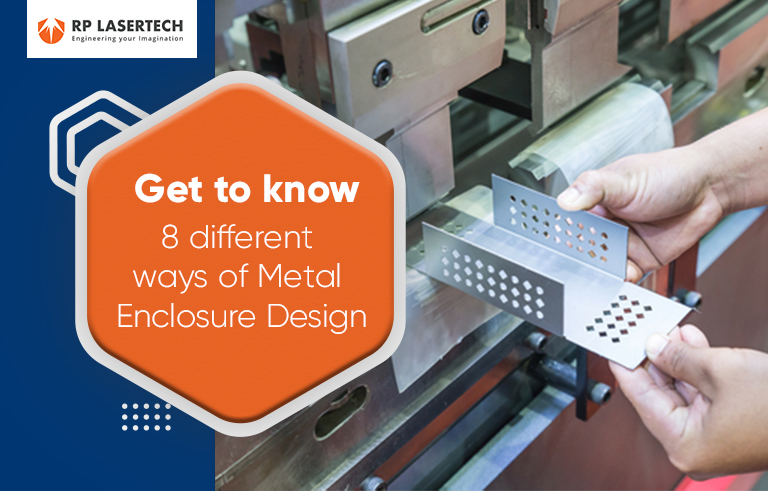Summary
Manufacturing sheet metal enclosures has several advantages. Electricity conductivity, emission reductions, and resistance to harsh industrial environments are all improved by using them. Moreover, they reduce manufacturing costs and turnaround times. Therefore, they must be designed properly. Making informed choices will be easier with these sheet metal enclosure design tips.
The best thing you can do is to entrust your life to the hands of an experienced sheet metal company near me. The sheet metal processing services provided by RP Lasertech provide several benefits. The stainless steel fabricators at our company have extensive experience designing sheet metal enclosures. A streamlined and automated production process is also available to you.
Using a laser to cut, score, engrave, or otherwise modify physical materials is known as laser cutting. CNC Laser cutting services have been a part of our lives for many years despite how futuristic they may sound. Its application was first restricted, like many innovations, but many businesses have enthusiastically embraced it.
Using sheet metal enclosures for electronics provides several benefits, including improved conductivity, emissions reductions, and protection against harsh environments. A sheet metal fabrication company that creates sheet metal enclosures aims to make them as perfect as possible so that they can gain all of these benefits for their projects. However, in reality, High-quality enclosures are difficult to design.
Any sheet metal company in Manesar strives to ensure a positive user experience and overall design success. Creating high-quality enclosures for electronic components can assist in accomplishing this. Designing sheet metal enclosures involves some guidelines. Following these guidelines will simplify your job and help you achieve quality results.
Check out the following sheet metal enclosure design tips to ensure your work is up to standard. Let’s get started!
Metal Fabrication Tips: Sheet Metal Enclosure Design
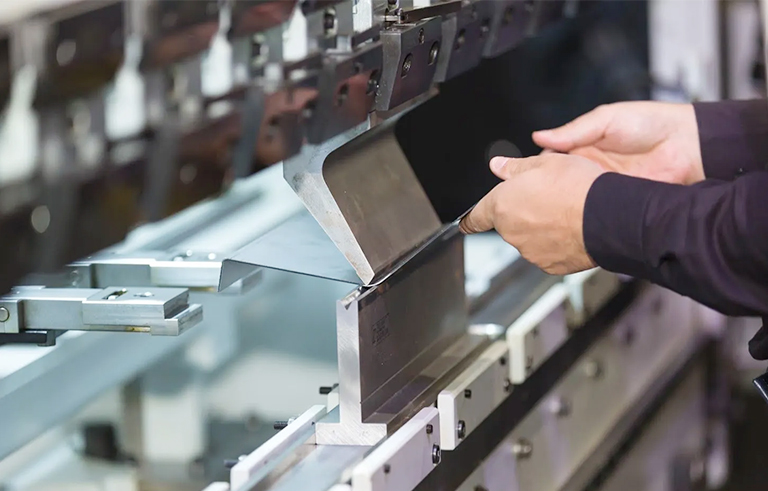
Identify the needs of your product
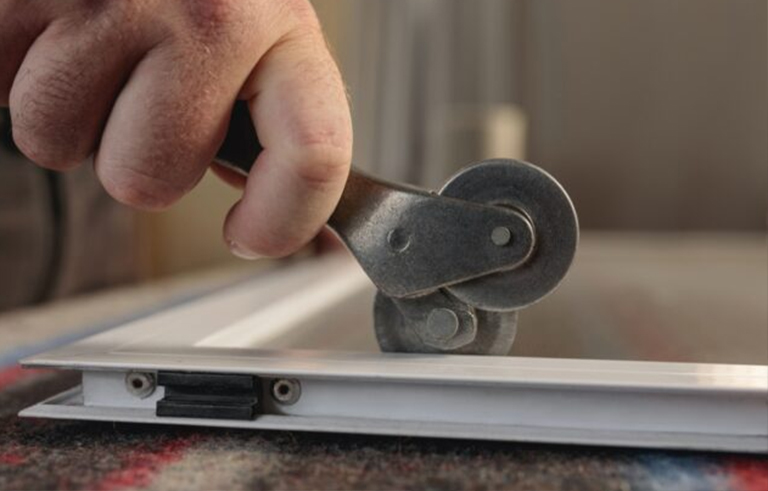
The design process should always consider the final product’s functional and aesthetic requirements. The right enclosure design will help you meet the needs of your product.
Before you start designing, consider these factors:
- Sheet metal enclosures are intended for specific applications or use.
- The enclosure’s expected working conditions. Working temperatures, corrosion exposure, vibration resistance, and other factors are considered here.
- Dimensions.
- Installation requirements.
- Enclosure by stainless steel sheet manufacturers in India will contain the following items. Consider its height, weight, size, connector positions, etc.
- Requirements for aesthetics. Depending on the application, this may be flexible or non-negotiable.
Metal Selection
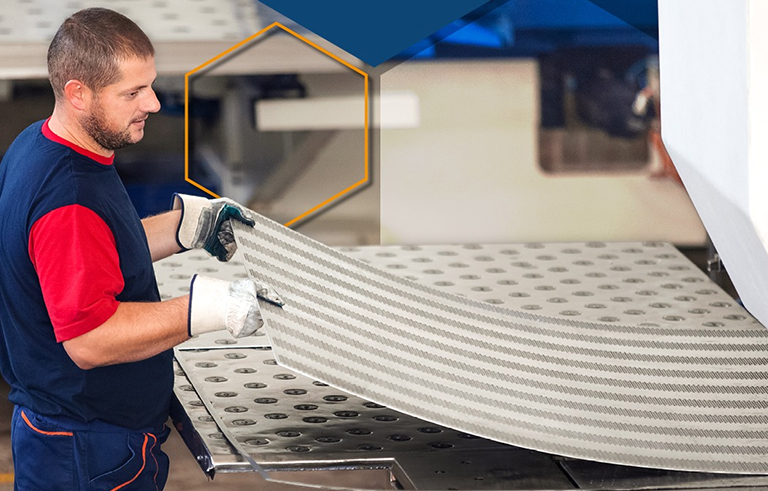
Aluminum, stainless steel, and galvanized steel are the most common forms of metals used in enclosure design. Choosing a material requires consideration of its benefits and drawbacks.
Due to its lightweight, high strength, and corrosion resistance, aluminium is a preferred material. Additionally, anodizing protects it from scratches and other damage.
Another popular choice by sheet metal fabrication companies for enclosures is stainless steel. This material has high corrosion resistance and is extremely durable. The non-magnetic properties of stainless steel make it a good material for electronics.
In environments with a high level of rust resistance, galvanized steel is often used. Compared to other metals, it is also relatively inexpensive. Although galvanized steel is durable and easy to work with, it isn’t as strong as other options.
Consider metal thickness
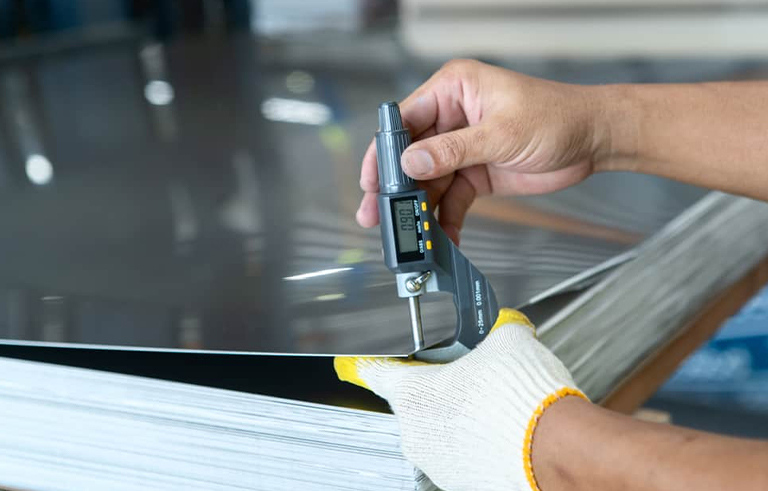
For enclosure design, metal thickness is crucial. Many factors influence the strength, weight, flange length, and punch size of your enclosure, such as its thickness. Smaller products are normally hard to make with thicker metals, as you may know. The material thickness must be increased to design large parts with extra strength.
According to the paper, a lot of thickness gauges are the same. However, it is helpful to know more about sheet metal gauges so you can choose the right one. Make sure your walls are uniformly thick when you design a sheet metal enclosure. Your component’s quality can be determined this way.
Bend Radius
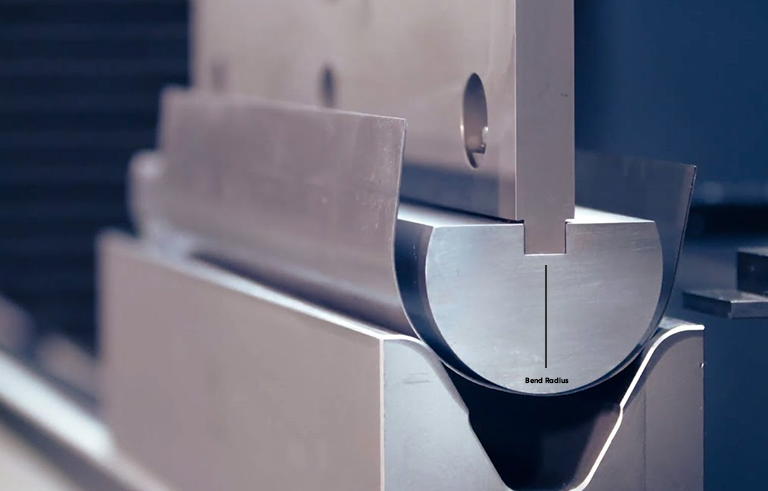
Maintaining a consistent bend radius is mandatory for precision sheet metal fabrication of the enclosure. Bend radii should always equal the content’s thickness when designing enclosures. Bend radiuses must be aligned with product widths. Therefore, fractures are prevented, and substances are circulated properly.
Generally, you should keep the length of your flange three to four times longer than the thickness of the material. Some metals are resistant to bending, which is important to remember. You can test the flexibility of your metal by understanding its chemical composition and surface condition.
Before choosing a bend radius, consider your enclosure’s functional and aesthetic requirements. Digitally calculating your metal’s bend allowance can be done via CAD software.
Choose your enclosure shape
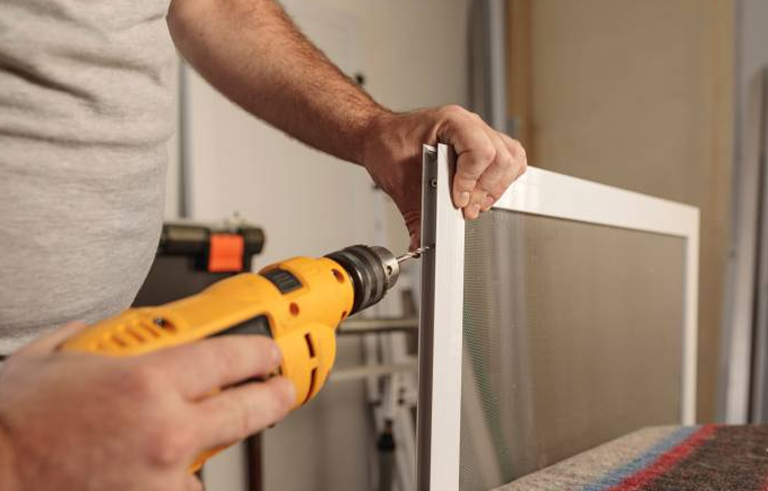
While designing your enclosure, you should also consider its shape in addition to its thickness. You must consider your product’s PCB and system design to pick the right shape.
Compared to plastic enclosure moulding, there are fewer standard shapes available. Sheet metal enclosures come in the following shapes:
- Boxes with folded sides provide easy serviceability and the flexibility to mount a wide range of products.
- An F-shaped connector is easy to manufacture and suitable for electronics with opposite connector ends.
- An L-shape provides easy access to the device and is easy to manufacture.
- The U-shape enclosure is made with solid bases and is slightly more challenging to manufacture than the F- and L-shaped enclosures.
Use the right finishing operations
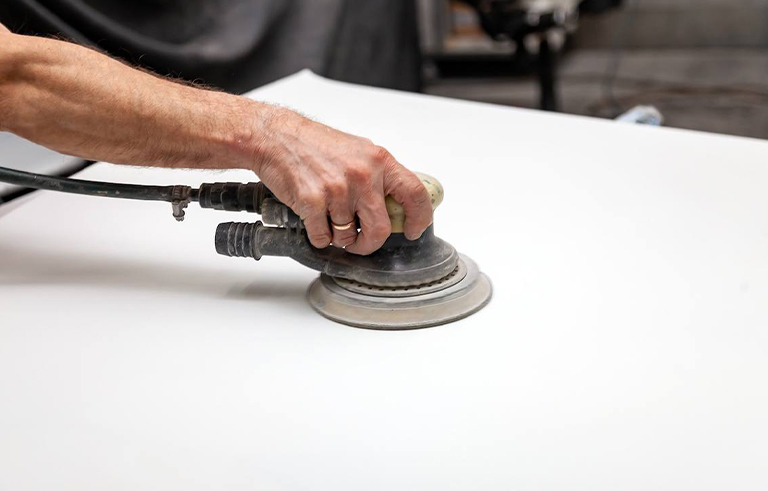
Surface finishing comes in many forms. Chemical conversion coating and anodizing powder coating are two options. The anodizing process increases aluminum’s corrosion resistance. The powder coating process is a kind of paint used on metal. Besides being durable, it is available in many colors. Coating metal with chemical conversion creates a thin film on its surface. The film improves the appearance of the metal while increasing corrosion resistance.

